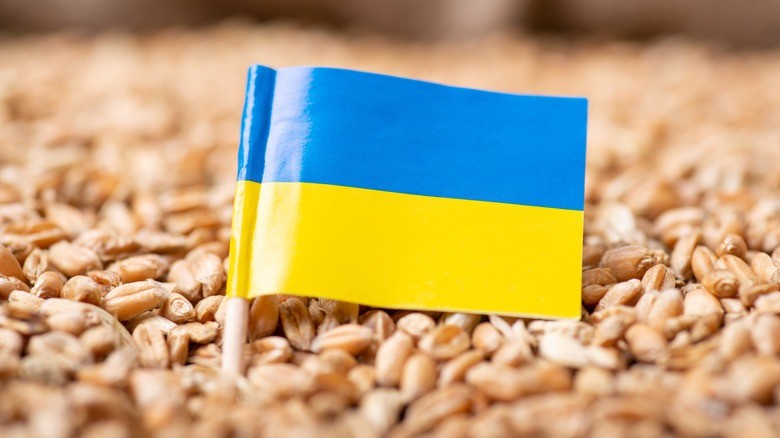 |
| Black Sea Grain Initiative 'shelved', Ukraine opens 'blood path' for agricultural products. (Source: Tastingtable) |
As of August 11, Ukrainian farmers harvested 22.961 million tons of cereals and legumes on 5.292 million hectares, with a yield of 43.7 centners/hectare (1 centner equals 100 kg), according to a report by the Ministry of Agricultural Policy and Food of Ukraine.
Odessa region had the largest harvest of 3.2 million tons, with farmers in the region finishing harvest early. Farmers in Zaporozhye region also took the lead in grain harvest, completing more than 90% of the area. Farmers in 13 other regions have finished harvesting legumes.
The millet harvest has begun in the Dnipropetrovsk and Kherson regions. Buckwheat harvesting is also underway in the Dnipropetrovsk region.
Rapeseed harvest continues in all regions. Over 3.702 million tonnes of rapeseed have been harvested on over 1.315 million hectares with a yield of 28.1 centners/ha.
Towards the Danube
Ukraine's Ministry of Agricultural and Food Policy expects the country to harvest about 76.7 million tons of grain and oilseeds in 2023, thanks to favorable weather.
As the goods began to arrive at warehouses, the government of Ukrainian President Volodymyr Zelensky finally "opened the way" for agricultural products. Recently, President Zelensky held a separate meeting with military officials, including the head of the Defense Intelligence Agency Budanov, Commander-in-Chief Zaluzhnyi, Commander of the Navy Neizhpapa, Head of the Malyuk Security Service and the head of the Ministry of Infrastructure to discuss alternatives to exporting grain through transit corridors.
President Zelensky said that Ukraine is doing everything possible to bring its grain to world markets, thereby ensuring global food security.
A Ukrainian grain corridor via Romania’s Danube River is currently attracting much attention. Kiev is focusing on discussions with international partners to increase exports via this route.
During the multilateral meeting in Galati, Romania (August 11), between Ukraine - the United States - the European Commission (EC) - Romania - Moldova, Deputy Prime Minister for Reconstruction, Minister of Community, Territorial and Infrastructure Development of Ukraine Oleksandr Kubrakov said, "We discussed measures to increase Ukraine's exports. In the conditions of limited navigation, the Romanian part of the Danube is very important for reorienting exports."
According to Ukrainian Deputy Prime Minister Kubrakov, the development of transport along the Danube is one of the priority issues, the main goals of which include increasing the speed of ship movement through the canals, increasing the capacity of the Sulina Canal and organizing additional transit points outside the Romanian port of Constanta.
Another work in progress is the inclusion of the Ukrainian part of the Danube in the map of the Trans-European Inland Routes Network (TEN-T). This will significantly contribute to the official activity of enterprises on the Danube transport market.
In addition, Ukraine, together with Romania, is working to fully deploy cargo transportation at the Krasnoilsk - Vicovu de Sus and Dyakivtsi - Rakovec road checkpoints; promoting plans to increase cargo traffic capacity by at least 20% via Porubne - Siret and open two more checkpoints.
“All our actions are aimed at achieving one goal – to provide as many opportunities as possible for Ukrainian exporters. This, in turn, increases both the defense capabilities and the victory of the economy,” Kubrakov said.
As for Romania, the country's Minister of Transport and Infrastructure, Sorin Grindianu, said that the country is looking to double its grain transport capacity from Ukraine. Accordingly, in the near future, Romania will double its grain transport capacity from Ukraine from 2 million tons to 4 million tons per month. Both sea and rail routes are being mobilized for this purpose, with the Sulina Canal being the only alternative to sea transport.
The Romanian minister promised to "optimize" - within the framework of an 18 million EUR EU-funded project - the use of the Sulina Canal, where Ukraine's Danube River ports are located.
In the medium term, Minister Grindianu mentioned a new investment of 1 billion EUR in the railway line of the port of Constanta and more money for road and rail infrastructure projects, which are crucial for the reconstruction of Ukraine after the military conflict.
After Russia withdrew from the grain deal, Ukraine’s grain exports were carried out via alternative routes: road and rail via the Danube River ports. As a result, since the outbreak of the Russia-Ukraine conflict, the cargo turnover of the Danube ports has tripled, while the Odessa seaport has lost more than half of its cargo turnover.
However, according to Dmytro Barinov, Deputy Director of the Ukrainian Ports Administration, the Danube route can only partially replace the transportation of goods through seaports. The transit volume is difficult to compare.
Still, the route remains the most viable alternative. In the first half of 2023, 11 million tonnes of grain were shipped via Danube ports, the same as in all of 2022.
Challenges to EU solidarity
However, another route for Ukrainian agricultural products is not as smooth. Earlier this month, via the Twitter channel of the Polish Ministry of Agriculture, Minister Robert Telus announced that the border would be closed to Ukrainian agricultural products after September 15.
“Even if the EU does not make such a decision, we will still close our borders to Ukrainian products after September 15. I think some of the five frontline countries will do the same. This is not against anyone, but for the well-being of Polish farmers,” Telus said.
As Ukrinform reported, in July, five countries of the European Union (EU) also signed a declaration extending the ban on Ukrainian grain imports to protect the interests of domestic farmers, but food products can still “go out” to the world market through their territories, after Russia withdrew from the Black Sea Grain Initiative.
Agricultural sector heads from Bulgaria, Hungary, Poland, Romania and Slovakia have asked the EU to develop mechanisms that would allow Ukrainian grain and other food products to be delivered to final destinations without affecting the agricultural sectors of transit countries.
After Russia suspended its participation in the Black Sea Grain Initiative, the EC maintained its unwavering support for Kiev, affirming its commitment to protecting the “solidarity lanes” and continuing to “find a way out” for Ukrainian agricultural exports.
However, for the EU today, the problem of balancing the internal agricultural market while continuing to maintain support for Ukraine is very difficult. For example, the financial support solution for farmers earlier this year to ease disagreements between member states is only short-term.
In the long term, the EU needs a multi-pronged approach that can both alleviate the difficulties of farmers in the countries directly affected, but also create a separate path for Ukrainian agricultural products to enter the non-EU market. Any inappropriate decision could spark disagreements and put the EU in a difficult position to strengthen its solidarity within the bloc.
Source



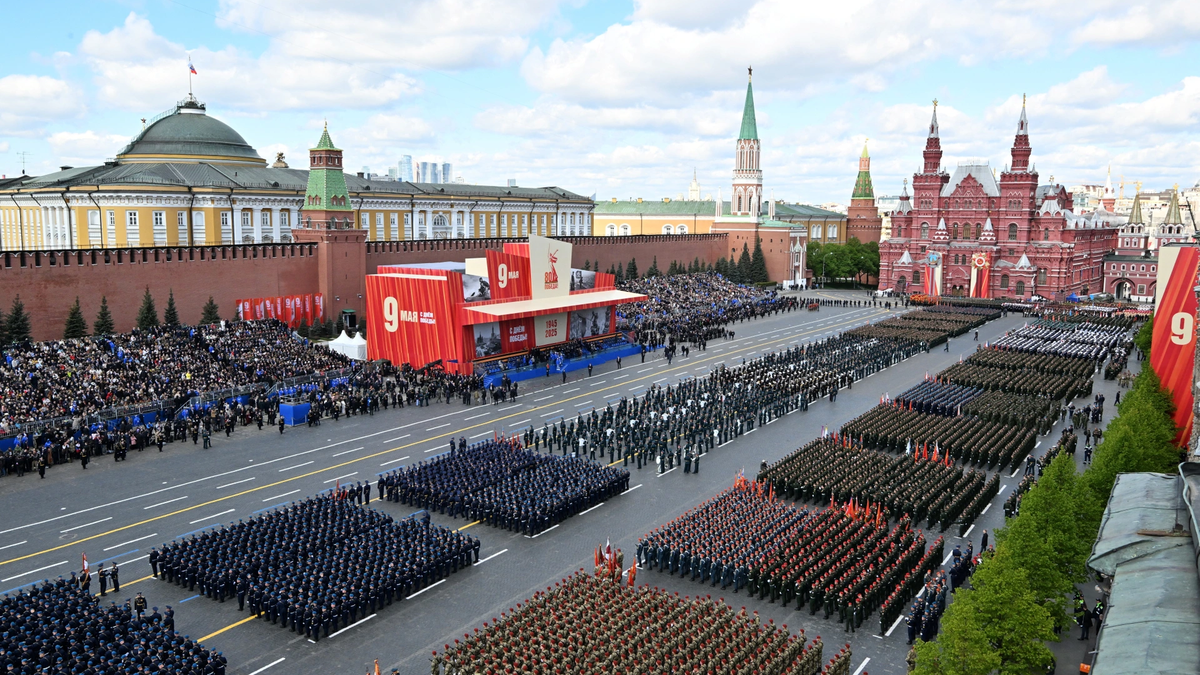
![[Photo] Russian military power on display at parade celebrating 80 years of victory over fascism](https://vphoto.vietnam.vn/thumb/1200x675/vietnam/resource/IMAGE/2025/5/9/ce054c3a71b74b1da3be310973aebcfd)
![[Photo] General Secretary To Lam and international leaders attend the parade celebrating the 80th anniversary of the victory over fascism in Russia](https://vphoto.vietnam.vn/thumb/1200x675/vietnam/resource/IMAGE/2025/5/9/4ec77ed7629a45c79d6e8aa952f20dd3)
![[Photo] Prime Minister Pham Minh Chinh chairs a special Government meeting on the arrangement of administrative units at all levels.](https://vphoto.vietnam.vn/thumb/1200x675/vietnam/resource/IMAGE/2025/5/9/6a22e6a997424870abfb39817bb9bb6c)
![[Photo] Magical moment of double five-colored clouds on Ba Den mountain on the day of the Buddha's relic procession](https://vphoto.vietnam.vn/thumb/1200x675/vietnam/resource/IMAGE/2025/5/9/7a710556965c413397f9e38ac9708d2f)








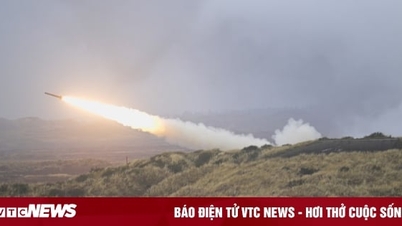








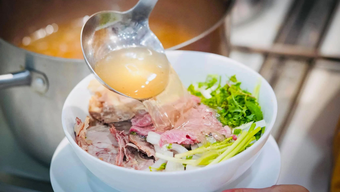


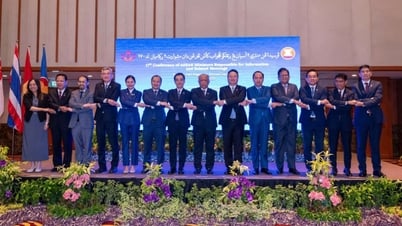




















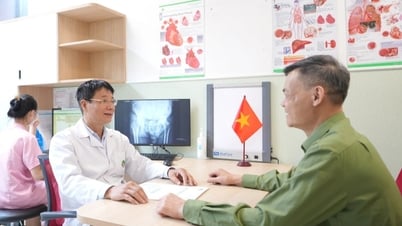































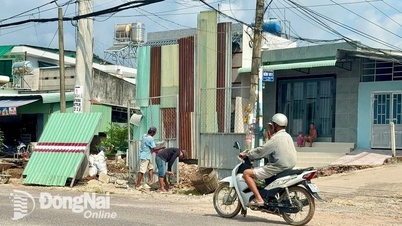
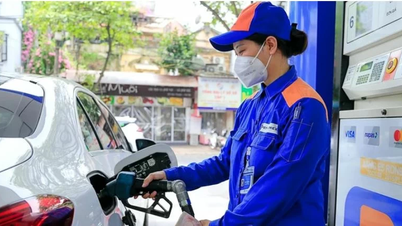
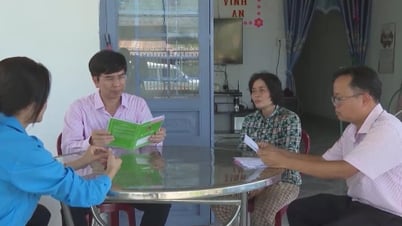


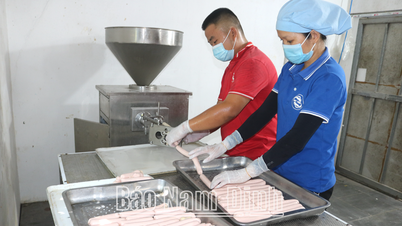








Comment (0)